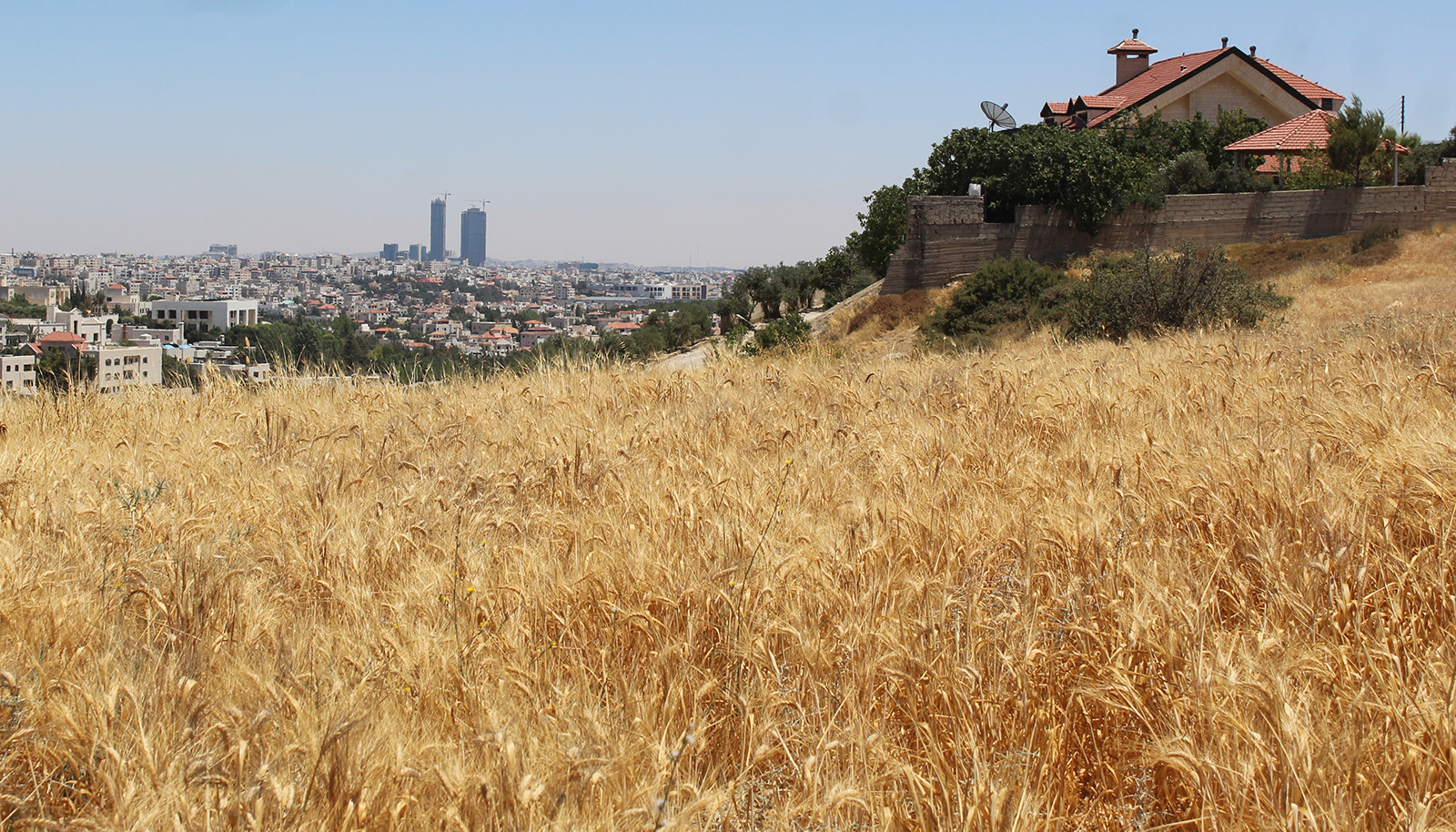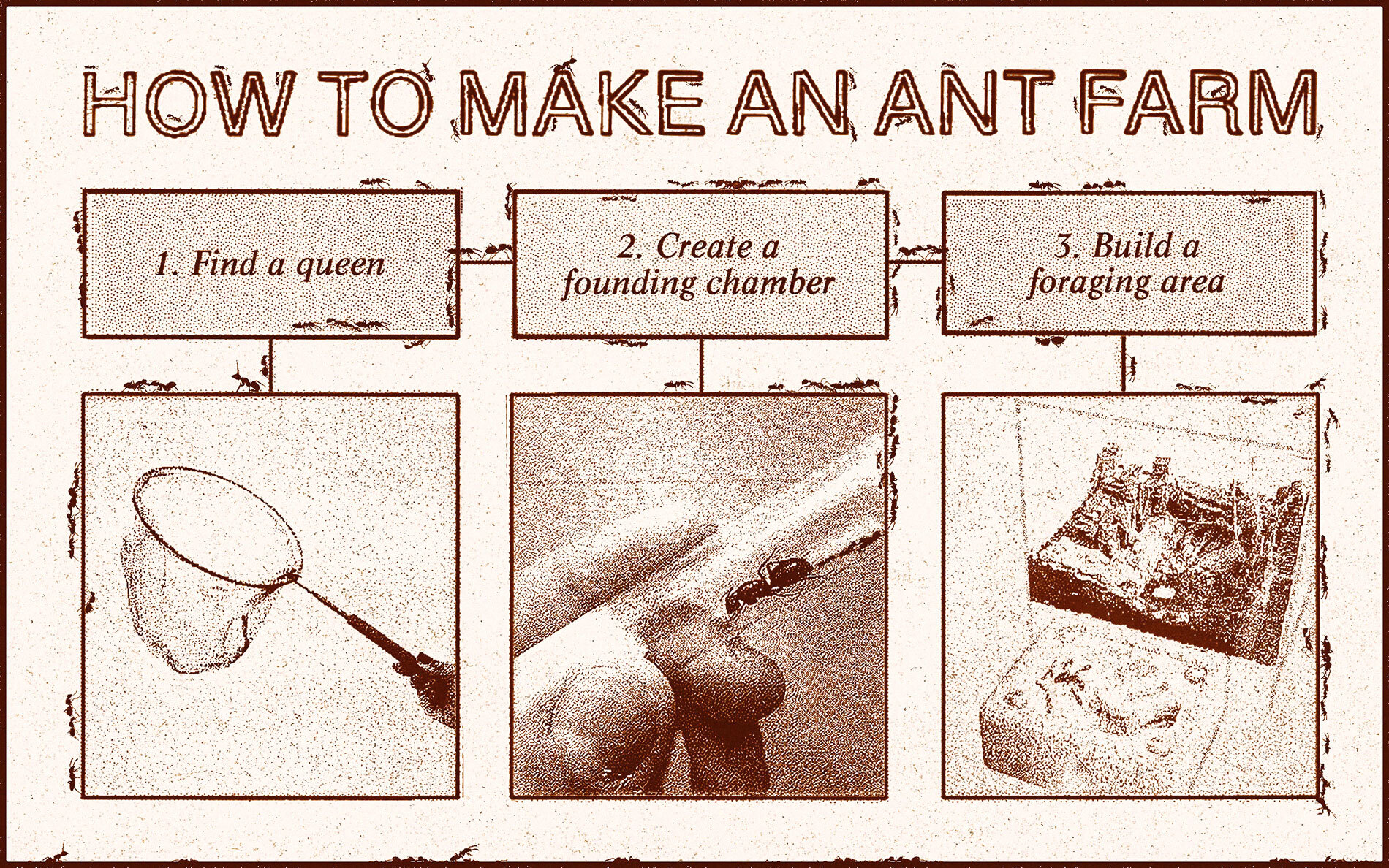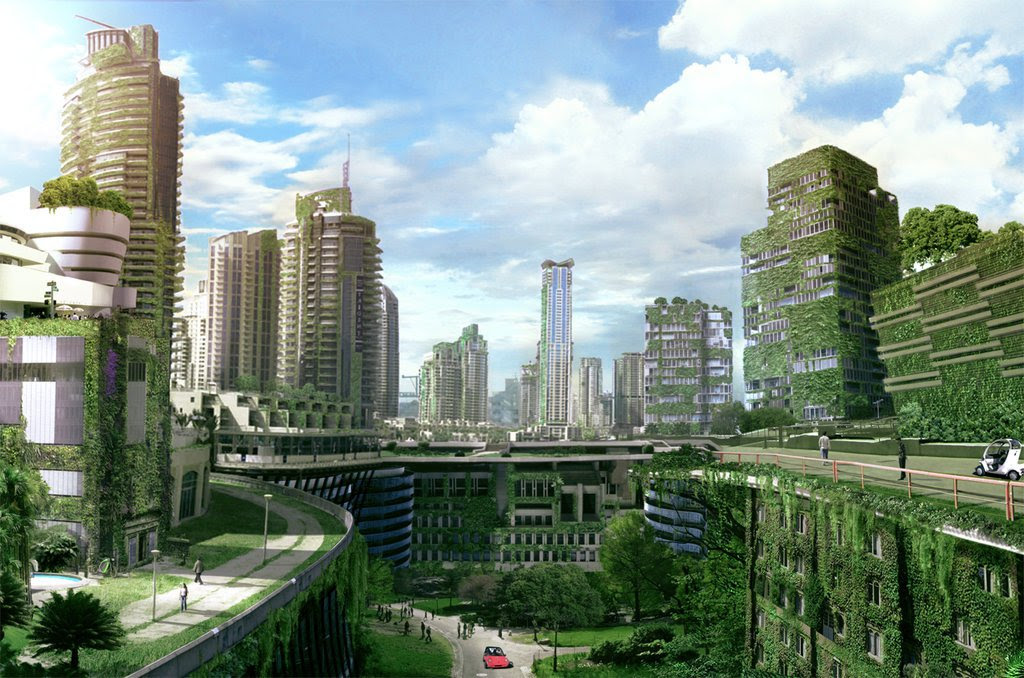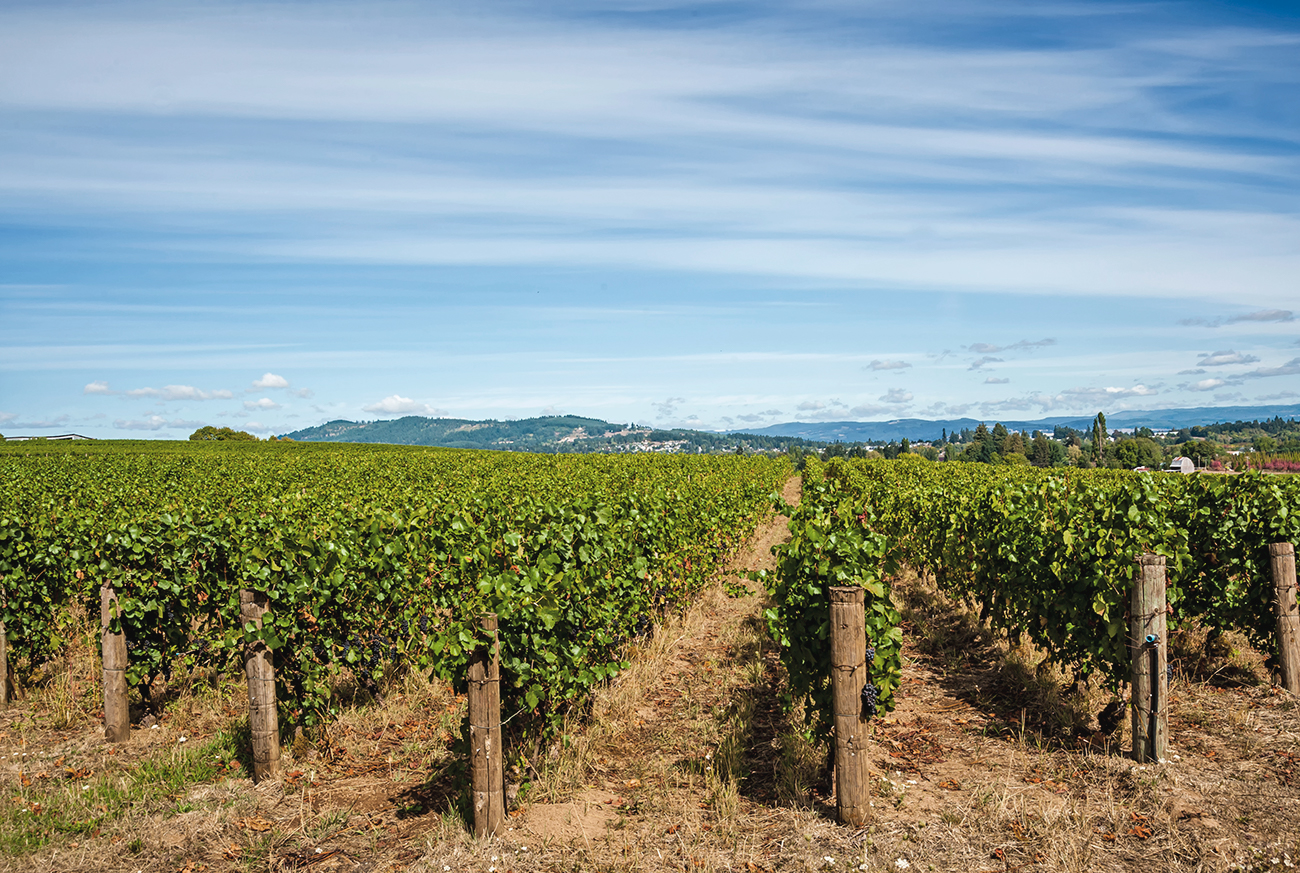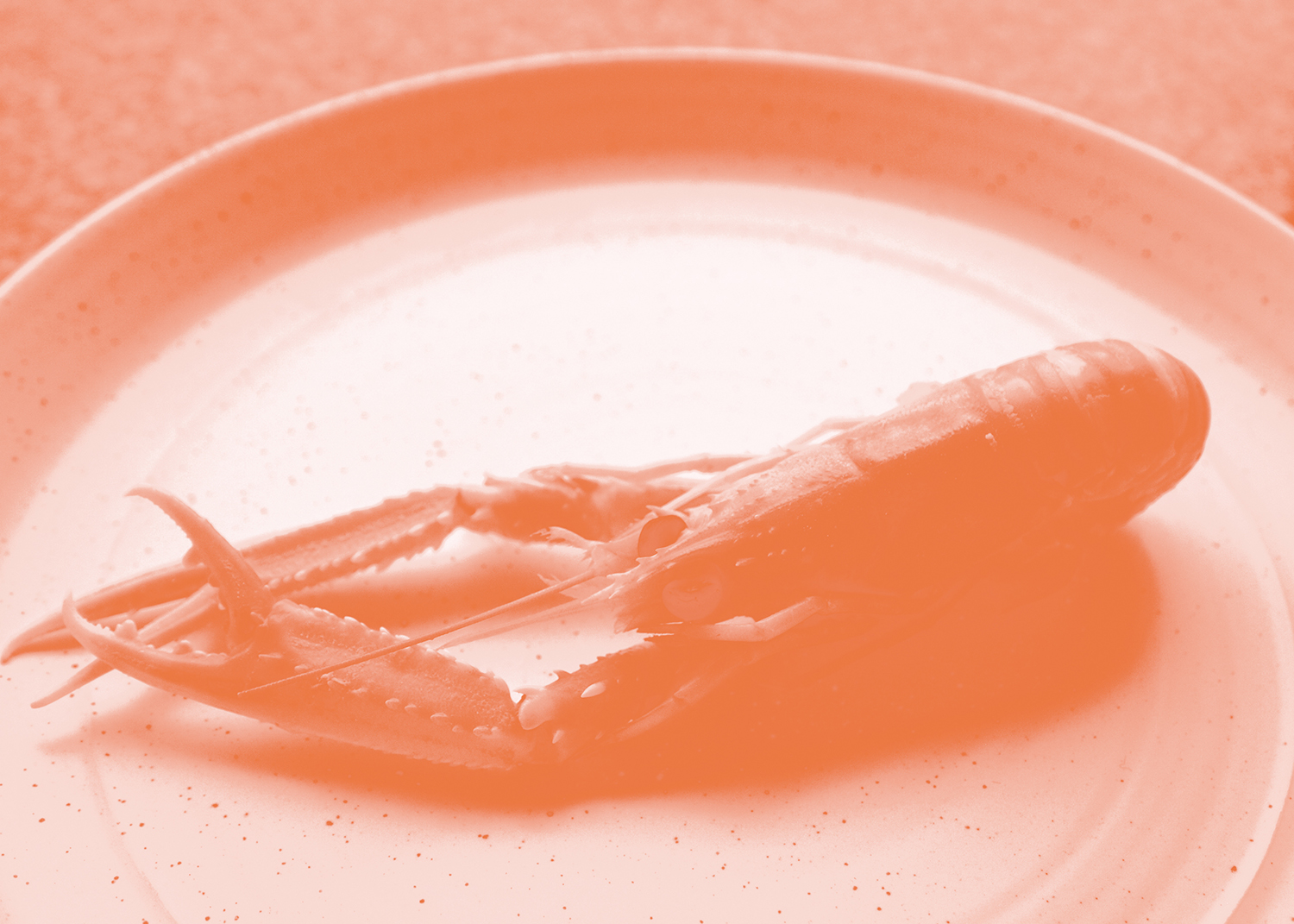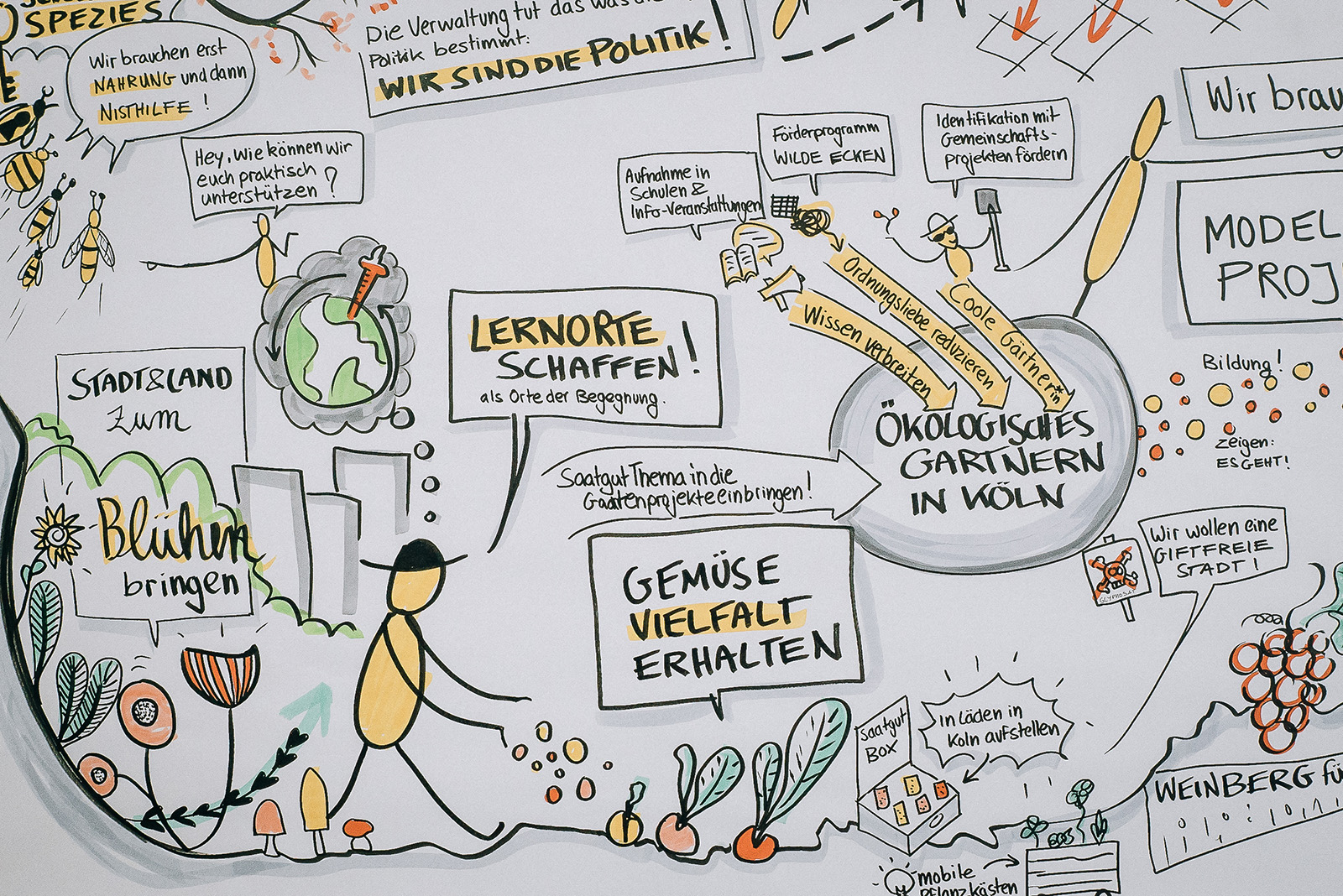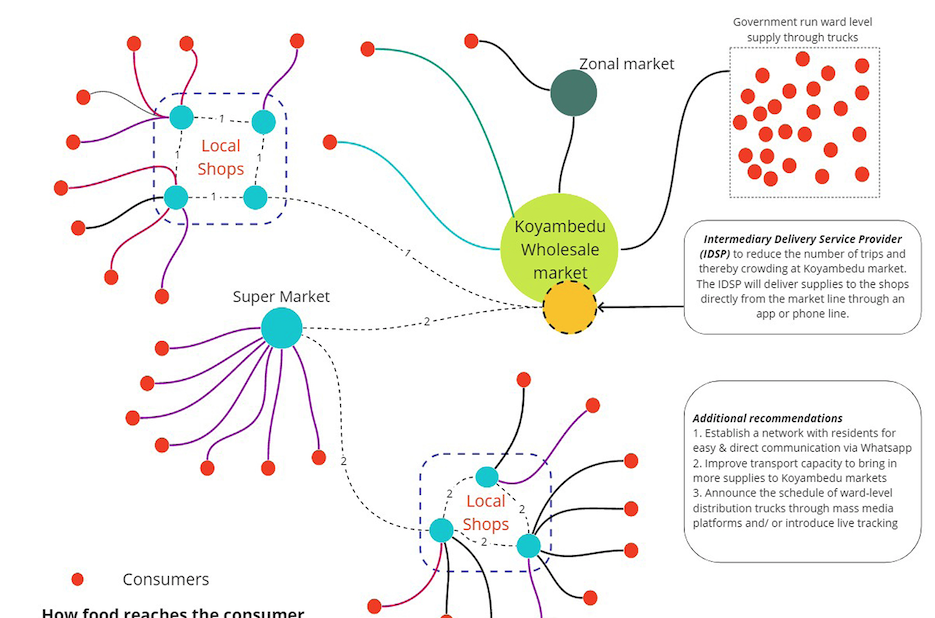Signup for the AgTech Insider Newsletter today.
Last month, I shared a perspective on the potential for 3D printing, with a well designed business model, to help farmers open new sources of revenue. This got me thinking about the value of spending time thinking thru new business models in agriculture using other applications of technology, be they absolutely wacky or far into the future. Therefore, I am going to shift from a monthly article into a bi-monthly short list of potential applications of emerging technology in agriculture called the AgTech Insider.
Inspired by the Abundance Insider, this list will continue to change every 2 weeks, and is open to your feedback, suggestions, and debate. Is a technology on here already being applied in agriculture? Did we absolutely nail a new and novel application? Completely miss the mark? Let me know at editors [at] thisismold [dot] com.
MOLD is about redesigning our food system to work better for us all, and this list is just a small piece of inspiration to do just that. Technology alone is no silver bullet, but if this list inspires entrepreneurs to pursue moving these concepts into reality, technologists to test their creations in fields and farms, or others to just be inspired about the future of agriculture, then we will have met our goal. Thank you!
Robots: BADGER: Earth Digging Robot
What is it: BADGER is a tool that digs tunnels into the earth, avoiding rocks, roots, and all sorts of other underground obstacles.
How it can help agriculture: Imagine a farmer being able to lay down drip irrigation without having to dig, but rather by using a robotic guided BADGER (it’s an acronym, believe it or not) that can potentially 3D print underground support tunnels. Couple this with biodegradable 3D materials, and those very could change the way agriculture harvests root vegetables, deals with pests, or applies fertilizer. (via IEEE)
BioTech: Beneficial Insects Algorithms
What is it: Verily, an arm of Google’s parent company Alphabet, has created a robot that, using custom-built software algorithms and machines, can raise a million infertile male mosquitoes per week and breed them to carry a bacteria that would prevent female mosquitos from properly reproducing, and thus reducing the chance for mosquito transmitted diseases to spread/start.
How it can help agriculture: This effort represents increased attention, and capability, towards growing insects to benefit agriculture. We already know about the benefit for more common insects like Ladybugs and Lacewings in deterring crop destroying aphids, but with the ramped up ability to produce more insects in a short amount of time, we may see this industry ramp up much more quickly, changing pest control in agriculture in a big way.
Drones: Last and Fast Mile Food Distribution
What is it: Drone Racing League’s new RacerX drone has just recorded hitting speeds of up to 180 miles per hour.
How it can help agriculture: Now maybe we don’t need drones this fast in agriculture, but clearly the speed and power of these tools is rapidly increasing. This means we may be getting closer to widescale adoption of drones, to not only provide us aerial footage that can be converted into precision agriculture prescriptions, actually delivering inputs, tools, or other necessities in agriculture.
Robots: Saving Almonds in the Sand
What is it: 3D printed soft robot meant to be able to walk on unique surfaces, such as sand and pebbles.
How it can help agriculture: Many robots working in agricultural fields have to be built tough enough to get through the rough terrain, or mounted on a tractor of some sort, but with advances in robotic movement, you could image swarms of more flexible, soft robots playing an unexpected role in agriculture. For example, almond harvests currently leave a some noticeable amount of almonds on the ground post-harvest because they get stuck in weeds, sand, etc. Having a tool like this with some mechanism to pry those almonds out from being “stuck” could allow more of them to get captured by harvesting machines, saving farmers time and money.
Materials: Self-Destructing Plastics
What is it: Scientists have created A new type of material that would vanish at some set time, whenever the energy and/or nutrients applied to it were set to be “turned-off.”
How it can help agriculture: There are many uses in agriculture where materials are only needed for a short amount of time, or rather, need to be moved out of the way to allow for some process to happen. Having materials that can de-construct themselves, and essentially vanish back into their molecular form, could mean a lot for finding a way to deal with plastic waste coming out of agriculture. Imagine, if you will, the black plastic tarps used in many horticulture crops, breaking down when a farmer wanted them to, vs. having to pull them off and send them to the landfill. This is early stage, but certainly big potential.
See our archive of AgTech news and insights here! Have a tip? Drop us an email at editors [at] thisismold [dot] com.



